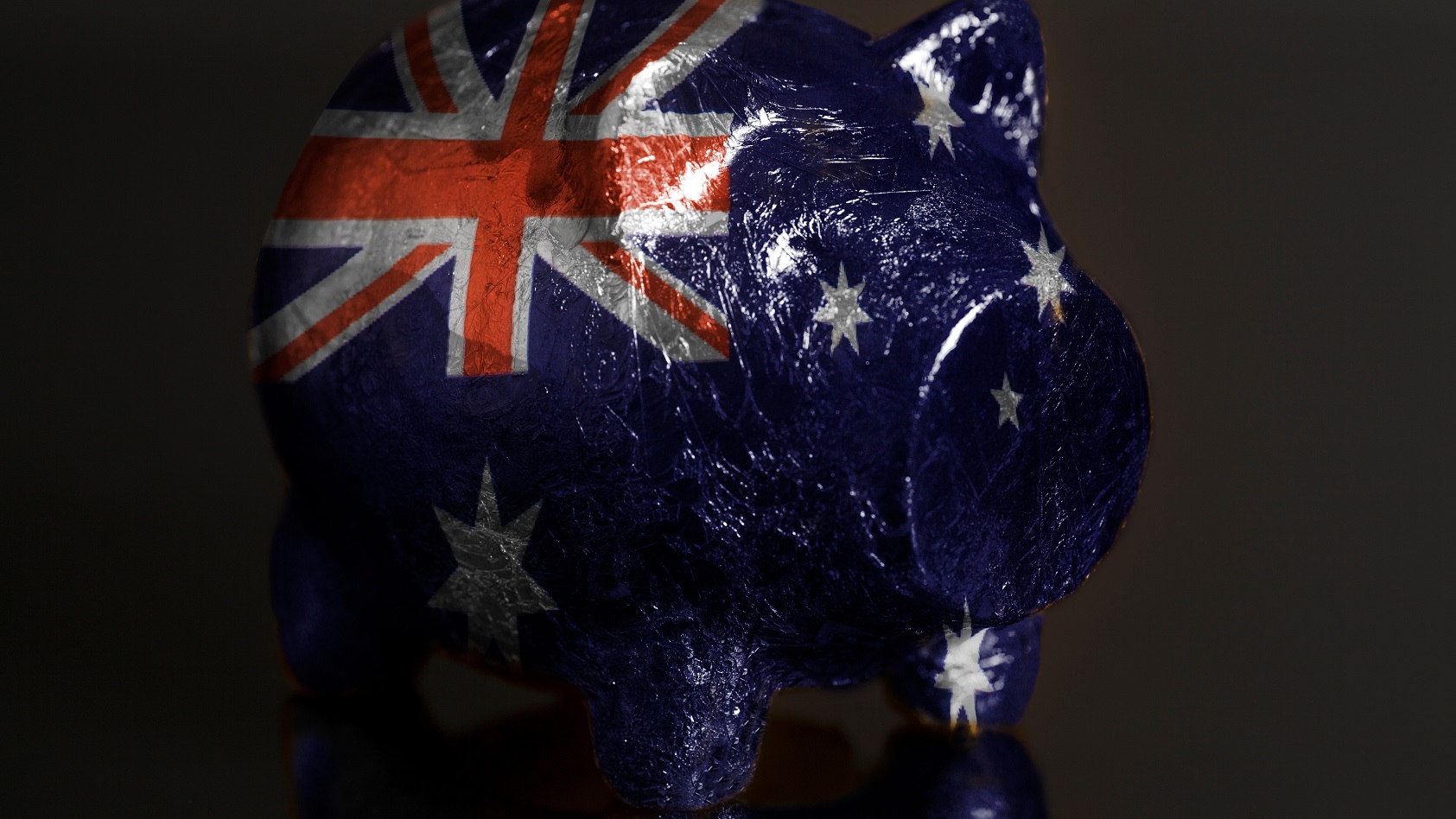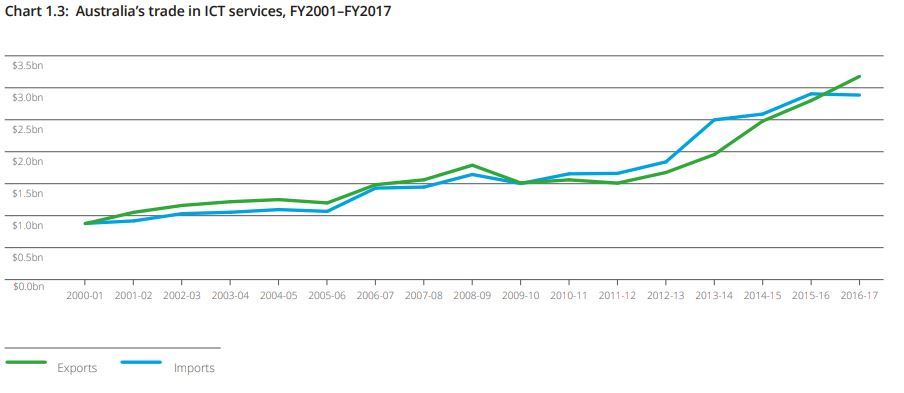The exportation of Australian ICT services once again outpaces imports, as the nation looks to establish itself in the global economy.
Launched on Wednesday by the Minister Assisting the Prime Minster for Digital Transformation the Hon Michael Keenan in Canberra, ACS Australia’s Digital Pulse 2018, found that ICT services exports had increased more than 60% over the past five years to reach $3.2 billion in 2016-17.
Over the same period of time imports have also increased, but a lull between 2015 and 2017 now sees exports outstrip imports by $290 million.
This is the first time since 2008-09 that this has happened.
“This suggests that while Australia’s ICT export activity has been strengthening over time, the pace of growth has only enabled us to keep pace relative to the performance of other countries,” details the report.
But while the data revealed that exports had strengthened, when compared to other top-tier nations, Australia still lacks.
“Australia’s exports of ICT services make up 1.03% of total exports or US$2.5 billion, compared to 12.02% of exports in Israel and 3.23% in the United Kingdom,” the report says.
Source: ACS Australia’s Digital Pulse
International competitiveness
ACS Australia’s Digital Pulse, which was produced by Deloitte Access Economics, also compared Australia’s R&D expenditure against the rest of the world.
“Australia ranks 12th out of the 16 countries on business expenditure on research and development in ICT when R&D is examined as a share of a country’s overall gross domestic product,” said Deloitte Access Economics Partner Kathryn Matthews.
“Couple this with falling behind in the supply of ICT skills in the current workforce and on STEM performance in schools, we cannot afford to be complacent.”
Although the report revealed that Australia risked falling behind when looking at R&D broadly, the research also found that business expenditure into ICT-related areas was keeping us afloat.
Over the past decade business expenditure had increased to $6.6 billion in 2015-16, this represented 40% of total R&D expenditure.











